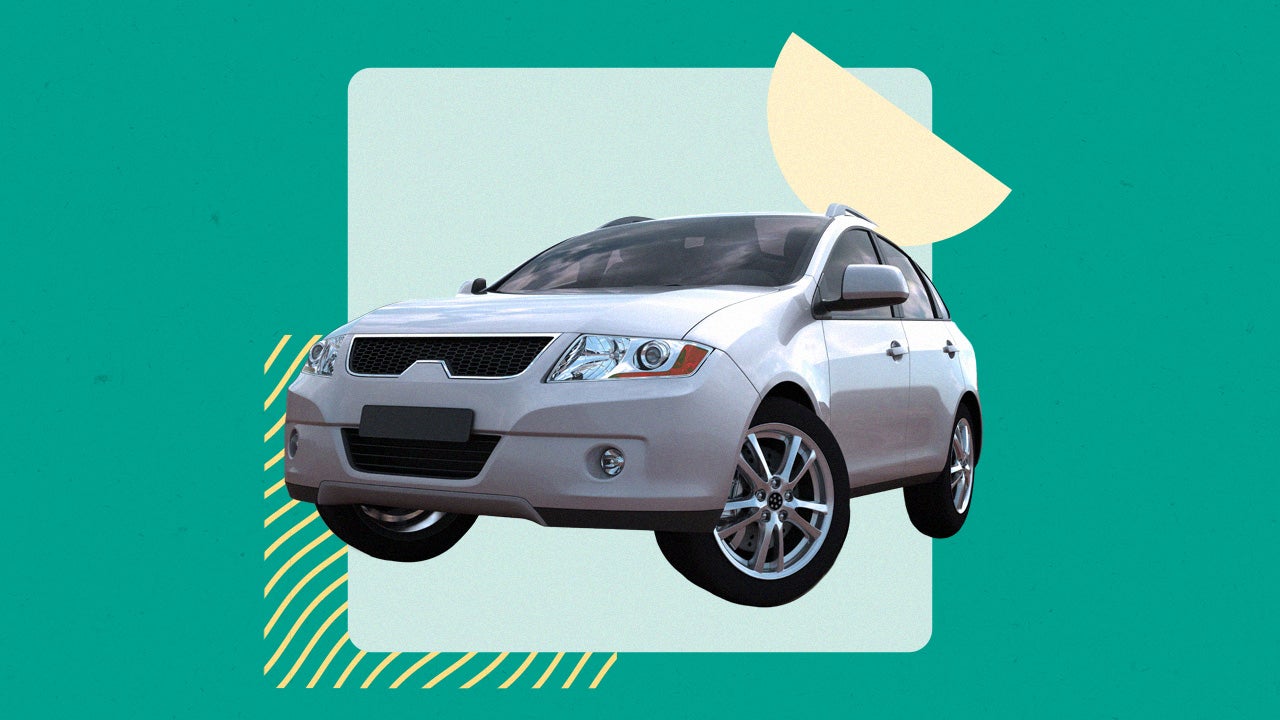How to lower your car payment without refinancing

Key takeaways
- Refinancing could mean lower car payments, but you may pay more interest over the loan term.
- Instead, consider requesting a loan modification, selling your car to a private seller or taking out a lease.
- You can also trade your current ride for a cheaper one.
- Be sure to shop around and get preapproved with at least three lenders if you choose to refinance.
Refinancing your car loan can make the monthly payment more affordable. But with today’s high interest rates, finding a low refinance rate is rare. In 2024’s fourth quarter, interest rates for used cars averaged 11.62 percent, according to Experian, which could mean steep borrowing costs for you.
Fortunately, refinancing isn’t your only option to lower your car payment. These alternatives may create wiggle room in your budget.
4 ways to lower your car payment without refinancing
When you accept an auto loan, you agree to pay a monthly payment for a set period. If your payment is no longer manageable, you may be able to lower it without taking out a new loan.
1. Request a loan modification
Best for borrowers who are current on their auto loan payments but experiencing financial hardship.
Contact the lender to explain that you are struggling to stay afloat financially and risk falling behind on your auto loan payments. Ask if they will lower the interest rate or extend your loan term to make the monthly payments more affordable. Detail your request and why you are struggling financially in a hardship letter.
The first representative you are in touch with may not offer much assistance, but you can ask for the loss mitigation department to find someone who can help.
Lenders often want to avoid the expense of repossessing your car. So, they may be willing to modify your loan. Alternatively, the lender could agree to defer your payments for a few months to give you some much-needed financial relief.
If you’ve already missed a payment on your auto loan, you may not be out of luck. However, you should communicate that you are experiencing financial hardship sooner rather than later.
2. Trade it in for a less expensive car
Best for borrowers who owe less on their car than it’s worth.
Assuming you’re not upside-down on your car loan — or owe more than what it’s worth — trading in your car for a less expensive one could be sensible. The difference between the trade-in value and what is owed on your current loan will lower the new loan amount. And you won’t have to go through the hassle of listing your car for sale and hoping to attract the right buyers.
Trading in your car involves bringing it to the dealership for them to inspect it and present you with an offer. The trade-in value is based on your vehicle’s make, model, mileage and condition. You can negotiate a good deal by going to several dealerships before deciding.
Used car prices are falling, so you could get a little less for your trade-in. However, according to February data from Kelley Blue Book, the used car shortage is ongoing. You can likely find a good offer if you decide to trade in your vehicle.
3. Sell privately and buy a less expensive car
Best for borrowers who are patient enough to find the right buyer for their vehicle.
If you want to earn even more for your ride, consider selling it privately. You will need time and patience, but you could maximize your cost savings since private sales generally mean more money in the seller’s pocket. In turn, you will have more to put down on your new car purchase.
The car market has been a rollercoaster for drivers recently. But new car prices have dropped year-over-year. If you choose to shop, consider looking for dealer incentives to lower your all-in cost. In January, incentives covered 8 percent of transaction prices, up from 5.7 percent a year ago, according to KBB.
4. Switch to leasing
Best for borrowers who have exhausted other options and found a better deal on an auto lease.
If your current lender won’t budge and you cannot find a used vehicle within your budget, leasing may be the solution to your problem. While leasing has drawbacks, it tends to cost less each month than buying. If you choose to lease, pay close attention to leasing restrictions to ensure you don’t get stuck with extra fees.
When it’s better to refinance
Refinancing your auto loan could be a better option to lower your monthly payment. That’s especially true if:
- You’re not upside-down on your auto loan.
- You have good or excellent credit and qualify for a lower interest rate.
- Your credit score has improved since you took out your current loan.
- Your debt-to-income (DTI) ratio is also lower.
- Your current loan was secured through the dealer.
- You have at least 24 months left on your loan term.
But here’s the catch: You should request a loan term that is close to or equivalent to the amount of time left on your current loan. Otherwise, you will get a lower payment but could spend several hundred or thousands of dollars more in interest over the loan term.
How to make refinancing more affordable
Luckily there are a few steps you can take to make refinancing more affordable. For example:
- Add a cosigner to your refinancing application can help lower your interest rates or better repayment terms.
- Work to improve your credit score by paying off other high-interest debt or signing up for Experian Boost. This can help you qualify for lower rates.
- Shop around to find the best deal. Get preapproved with at least three lenders and compare loan quotes.
- Read the fine print and minimize lender fees. Some lenders assess fees during the transaction and roll them into the total amount you owe, increasing the monthly payment. Try to negotiate these added costs or go with a lender with minimal fees.
Refinancing can also help you avoid repossession by paying off the old loan before you can become delinquent. Furthermore, you will get the lower payment you need and preserve your credit score, even if that means paying the lender more in interest.
Bottom line
A hefty car payment could strain your budget and make you contemplate refinancing your loan. However, you will likely pay more interest if you get a higher rate or a significantly longer term, so you should ask your lender about a loan modification.
Also, consider swapping your current ride for a less expensive one. Get your car appraised to determine its worth, and find a more affordable vehicle with a lower monthly payment to meet your needs. Work with a lender to get into a new car loan or lease that could help improve your financial situation.
You may also like

How to remove a cosigner from a car loan


How to refinance your car loan



